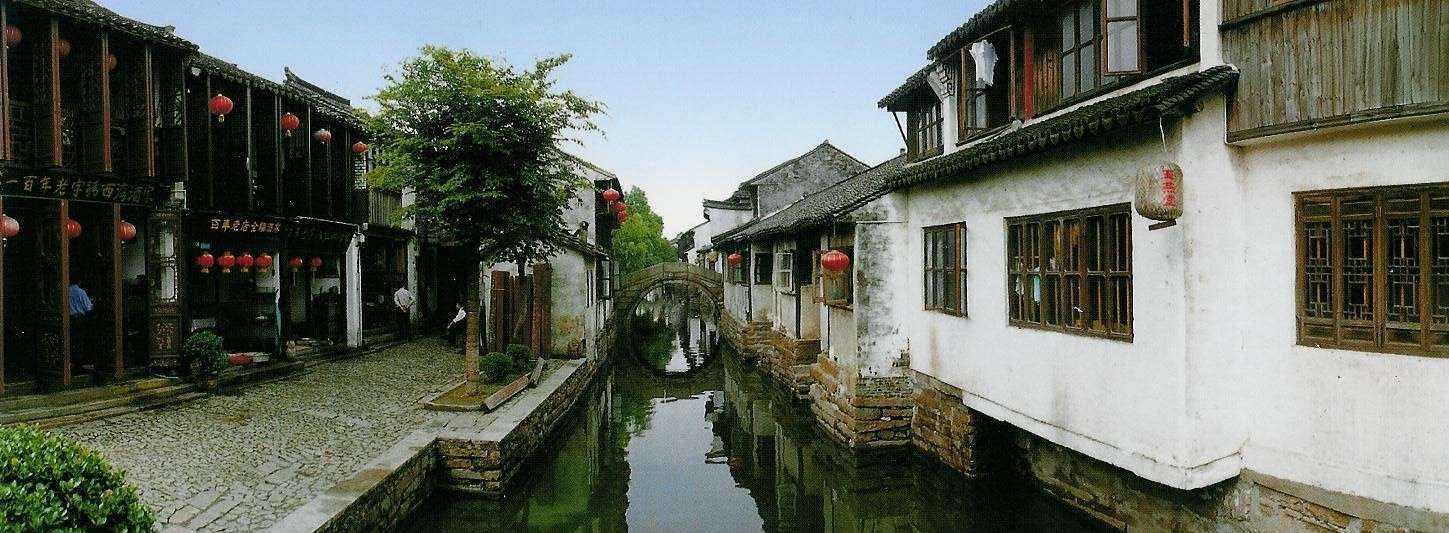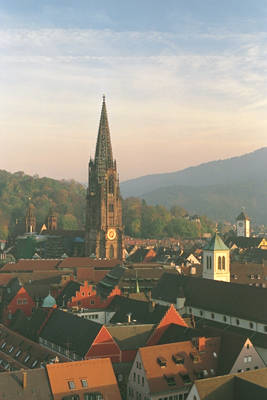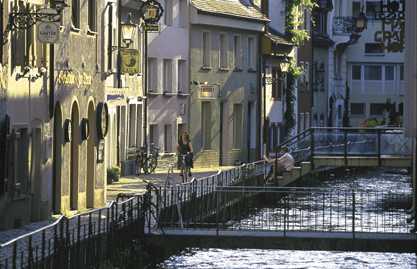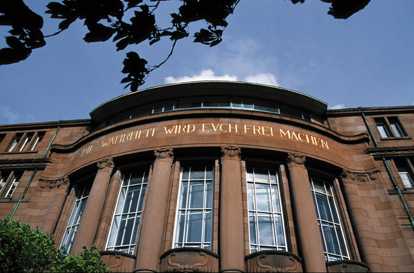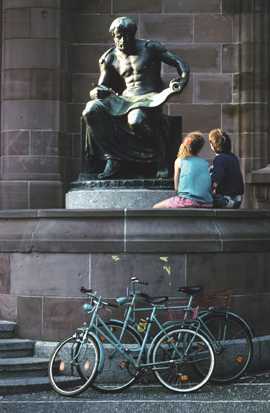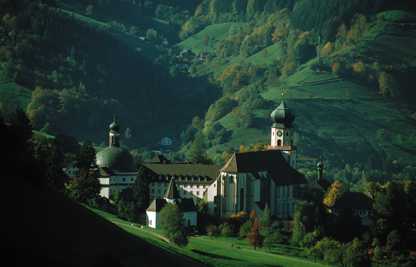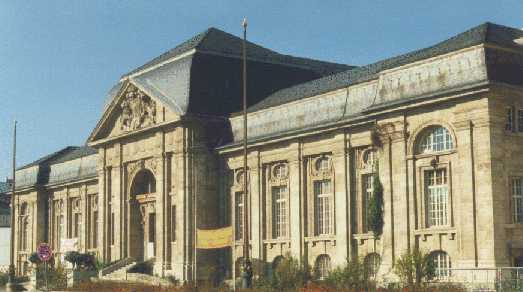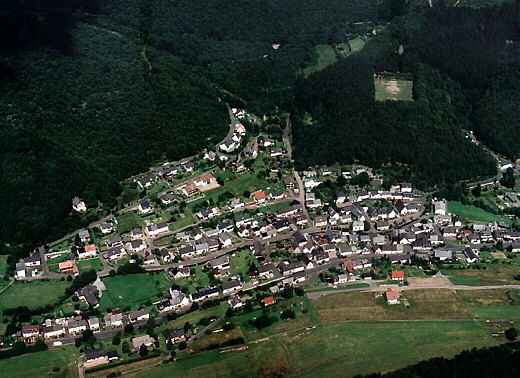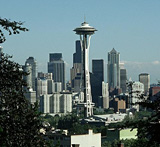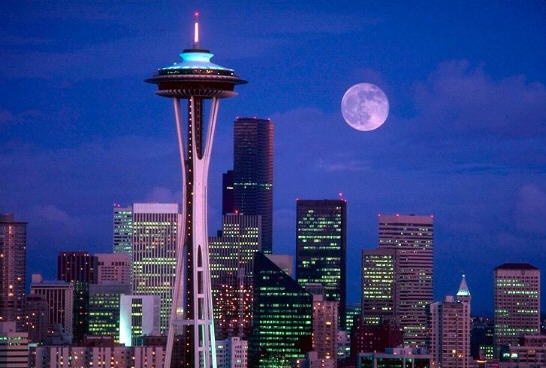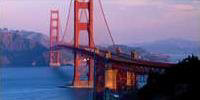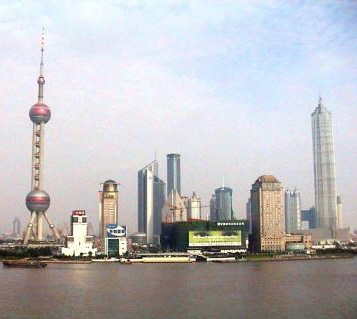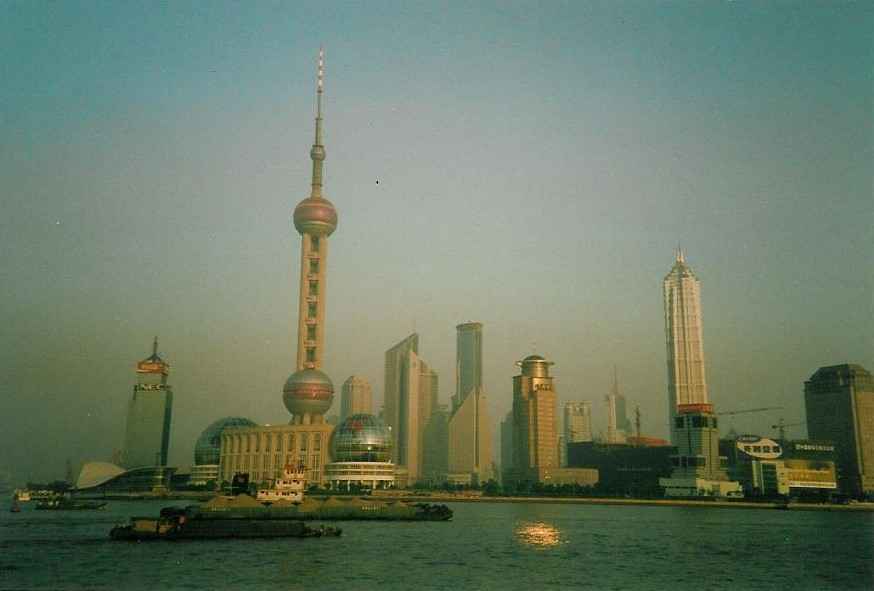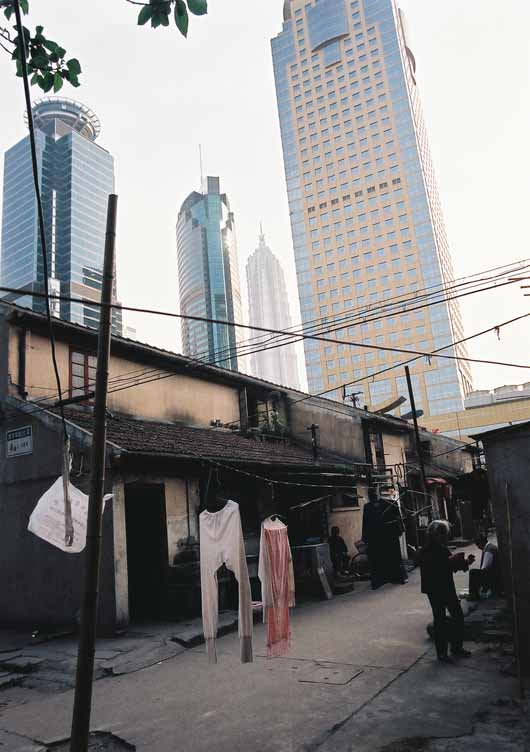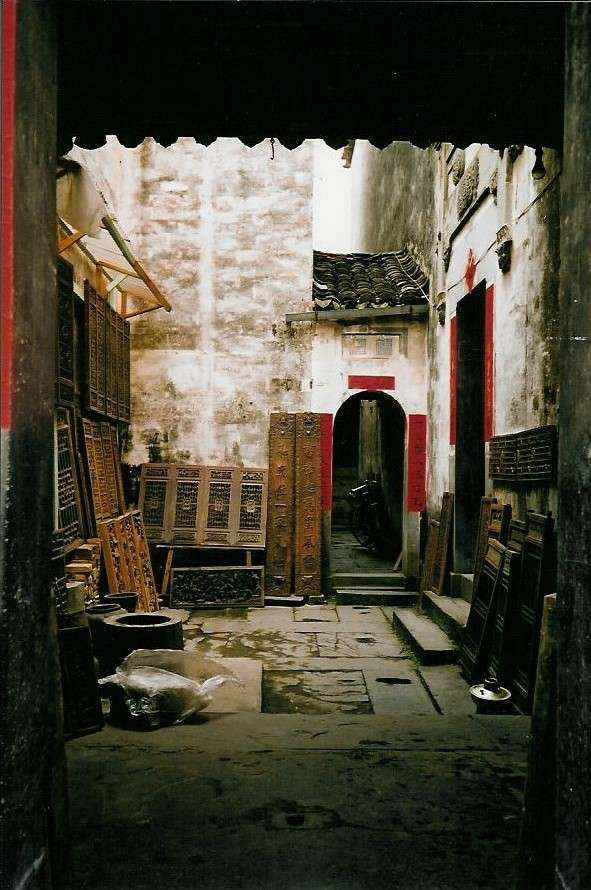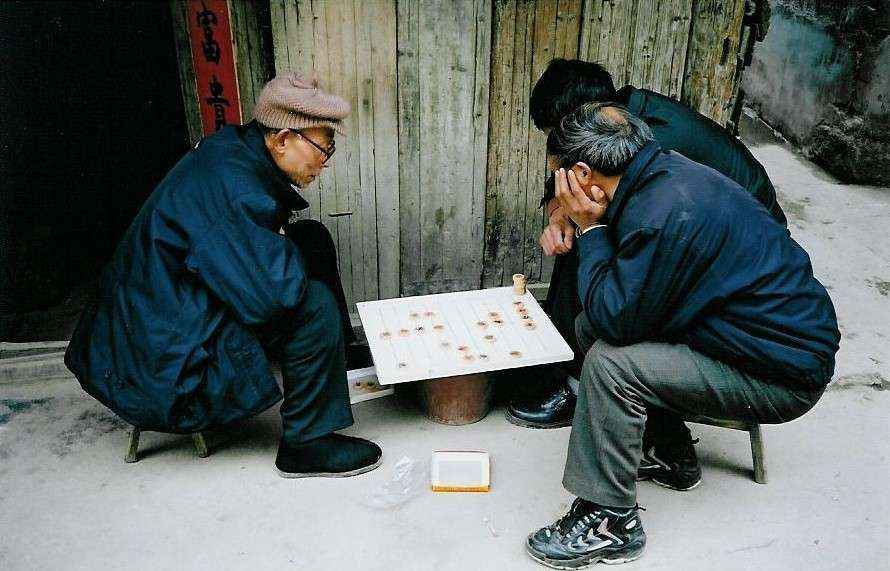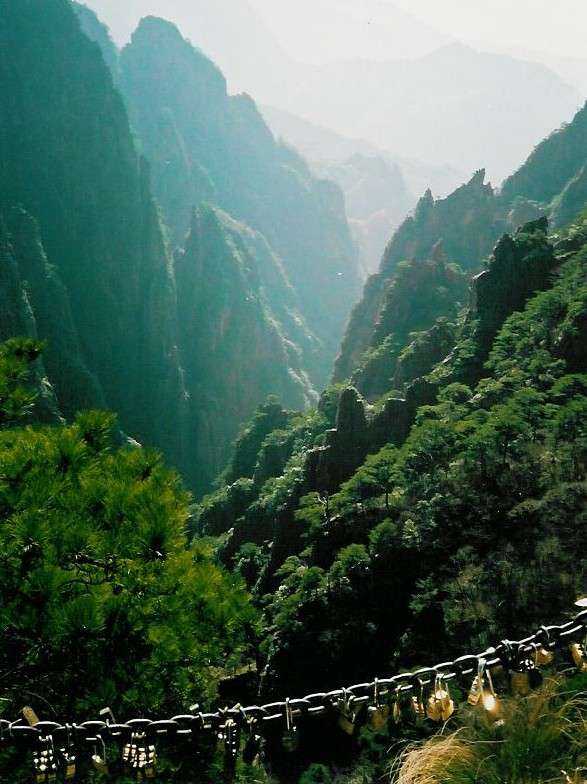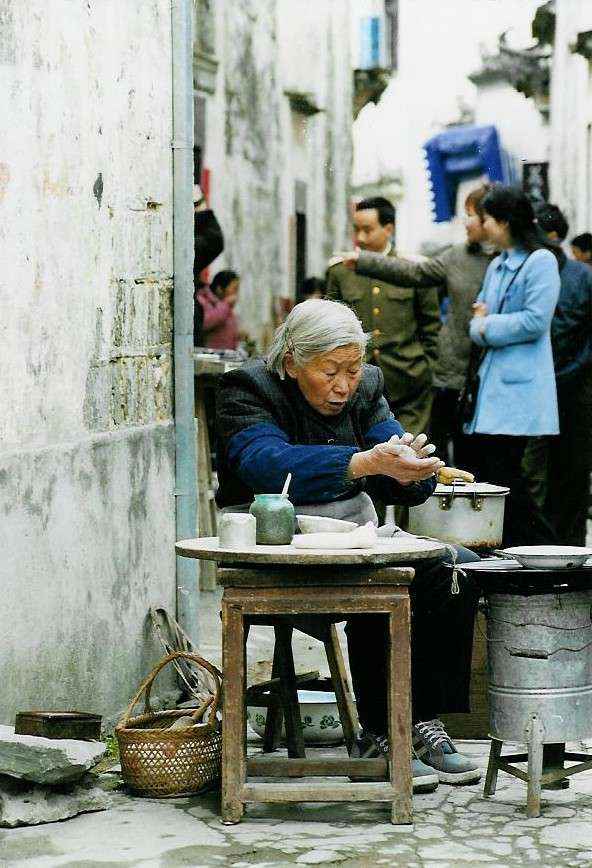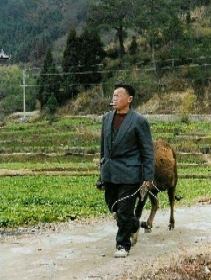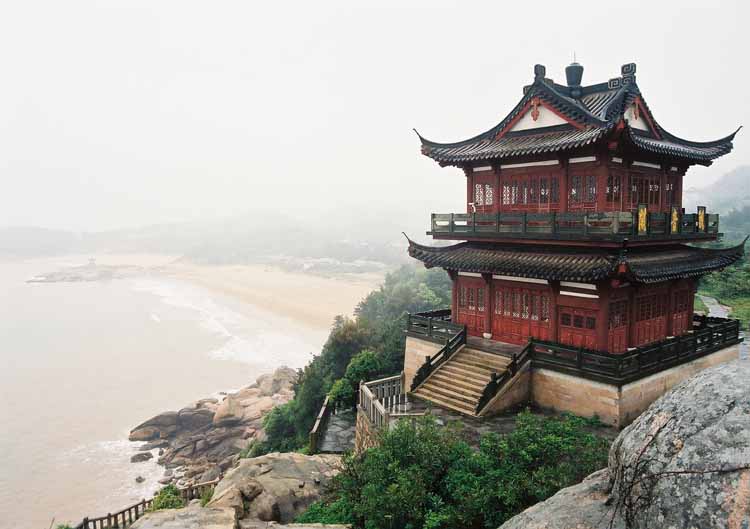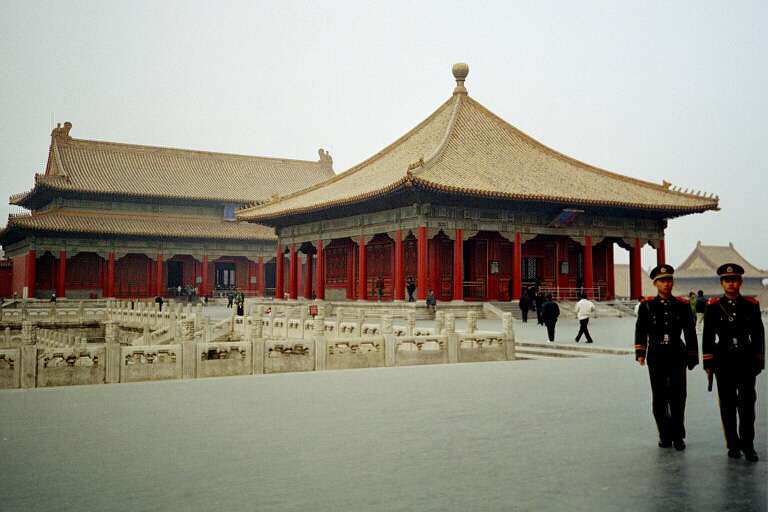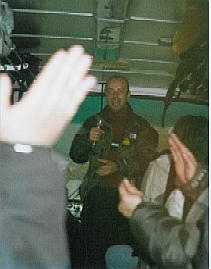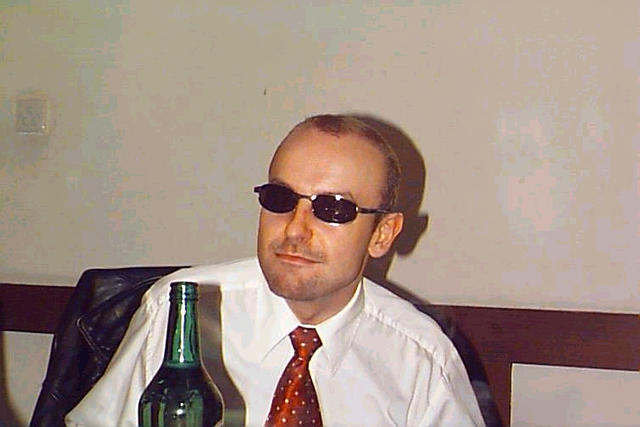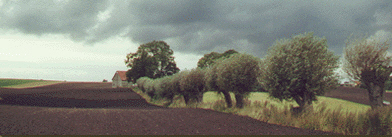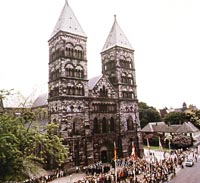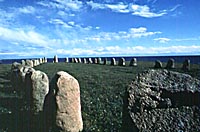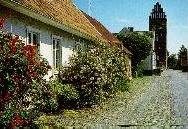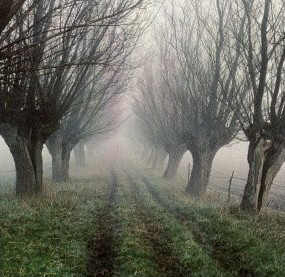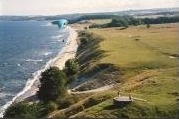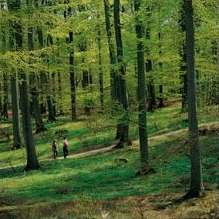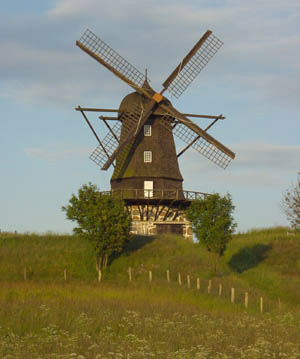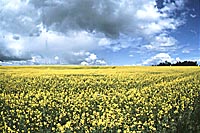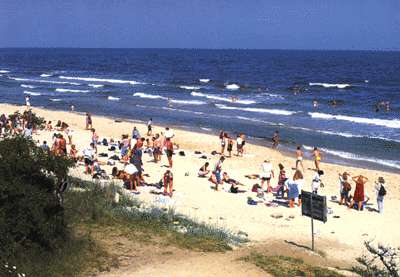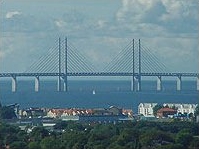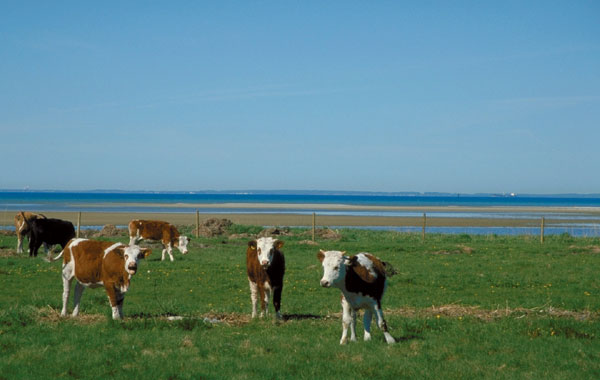|
| ||
|
Germany, USA, China and Skåne. |
|
|
|
|
|
|
Languages Mothers' Tongue | Fluent | Fluent | Beginner | Beginner | Conversation |
| |
|
|
|
|
|
International Experience
|
|
| 4 years
|
| 6 months
|
| 6 months
|
|
|
|
|
|
|
Politics
|
|
Swedish Conservative Party
|
|
| 11/91 – 06/97
|
| 09/94
|
| 06/92 – 03/93
|
|
|
|
|
|
|
Other activities
|
|
| 12/91 – 06/97
|
| 12/00 –
|
| 03/97 – 02/03
|
|
|
|
|
|
|
Interests
|
|
|
|
|
|
|
|
|
|
Living Abroad
|
|
|
| |||||||||||||||||||||||||||||||||||||||||||||
GermanyI have a special relationship to Germany. Whether on vacation, for to study or for work - it has really become my second home!
FreiburgThis is my favourite town in Germany. Interestingly enough it pretty much reassembles my home town Lund in Sweden. An old university town with lots of culture, students everywhere, a friendly atmosphere, etc. But it's even better... The tram running through the town, the proximity to France, Switzerland and even Italy, wine districts, the Black Forest. I only miss one thing there - the see. One can't do nothing to correct that. But the alps are close, and I love skiing :-) I went there for one semester on a scholarship within an exchange programme, I believe it to be the best thing I've ever done. The town is romantic, the Albert-Ludwig-University is really excellent. Like most German towns, Freiburg was bombed during WWII, but the town and the university has in large been rebuilt in old style. Sometimes it's even hard to tell which building is old and which one's reconstructed. The charm has been preserved, and the regional cuisine is great. The surroundings are very nice. From the Schauinsland mountain just outside Freiburg you have great views over the Rhine valley, and even into France and Switzerland. There are numerous castles, monasteries and recreational areas just outside Freiburg - the Black Forest starts where Freiburg ends. The first thing to do when arriving is to buy yourself a bike, one with many gears.
DarmstadtI went to Darmstadt after being awarded a scholarship through the Swedish Chamber of Commerce in Germany. A great opportunity to do background research, and I met a couple of very nice people. We are still in contact, I've met with them in Shanghai and Germany. Darmstadt was nearly wiped out during WWII, and there is not much of an atmosphere downtown. It is however situated in a nice area of Germany, with close proximity to Frankfurt and the wine districts.
DietzhölztalFor many years when I grew up, we went to Ewersbach on vacation a couple of weeks a year. It's a small village 80 km north of Frankfurt, surrounded by endless dark fir forest-covered mountains. For being situated in the heart of Germany, this is really the end of the world. The forests are called Revolverwald (Revolver forest) and Räuberwald (Robber forest), the railway tracks end here... There is nothing much to do in the village but go to the one great pub called Bierbrunnen. The surroundings are however excellent for recreational purposes, and there are many nice towns and castles in the area. Herborn is a favourite small town of mine with a centre from the 16th century. |
|
The USA - SeattleThe Pacific North-West is still a little wild. Suddenly, the Pacific North-West became the centre for software development, on-line shopping, great music, coffee, and young, well-educated people. Seattle of today was born, a comparatively small city, way off from a geographic perspective, but right in the forefront of modern, qualitative life. That's one important aspect of life there, I guess. Work and leisure are well-balanced, the dynamics of new ideas and quality of life mix to form a splendid platform. Recreational areas are nearby and everywhere, the surroundings are attractive. Downtown Seattle is not big, and it sure isn't old, but it has a special atmosphere, one of ground-breaking and border, of civilization in the middle of wilderness. Visiting different areas of Seattle, you realize they have - like in many parts of the US - an atmosphere of their own linked to the origins of their initial population. Being a Swede, I noticed a few things in particular. As in Sweden, people drink a lot of coffee; Seattle's Best - its name says it all, and Starbuck's have mushroomed all over the world. I knew that before I went. What really stunned me however, was that I found Zoégas Skånerost, my favourite Swedish (Scanian) coffee brand, in a few local stores. I tell you, that's one great coffee variety ;-) Normally, I'm not the kind of guy who gets home sick, but I just can't resist my favourite coffee... Moreover, I realized many other Swedish foods were available too, like Surströmming (fermented herring), Salt Liquorice, Ärtsoppa (yellow pea soup), Bruna bönor (brown beans) - and of course Smörgåsbord and Köttbullar (Swedish meat balls). The latter however with white sauce, a thing you'd never have in Sweden. Those dishes aren't available even in the countries neighbouring Sweden! Seattle is, like all of the US, a multi cultural and multi ethnic society, but with a bias towards northern Europe. So, what's the good thing about Seattle? It's young, dynamic, flexible. Perhaps I should have stayed there...? On the other hand I disagree with the US life style, I found it to be quite superficial even on the personal level.
San FranciscoSF is the most beautiful city I saw in the US. It has lots of charm, it's diverse, hilly, and has beautiful cable cars - you can manage very well without a car. I'd say it's a little bit European style. OK, sometimes you prefer not to walk since it's too steep. But then again, the city is really nice... If you go there, have a stroll on the beach just below from where the photo of the Golden Gate bridge was taken, it's truly magnificent, not only the bridge itself, but the whole scenery. Another nice place in North America was Vancouver, well worth a longer visit than I managed, and of course New York. A some time, I'll try to cross the US by car, I think that'd be a great trip! |
|
ChinaA few years ago, I went to Shanghai on a one month vacation. I was stunned, overwhelmed, fascinated... I just had to return for a longer period of time to experience in more detail society, culture, and business life.
ShanghaiThe Whore of the East - or the Pearl of Asia? Well, both names would describe Shanghai, depending on what you experience - or rather choose to experience, since it's a huge city. Shanghai can offer pretty much everything you expect from a western city. At a fraction of the cost. Shanghai is simply full of life. Nowhere else in the world are the disparities greater, nowhere else are the planned projects this gigantic. This is the place where things happen, and they happen quickly. China is still supposed to be communist, but that doesn't go for Shanghai, believe me. This is a bustling, lively, active, vibrant, dynamic city. A melting pot between old and new, between domestic and foreign, between good and bad. There is still a distinct difference between the old French quarters and the British. The former accommodate many cafés and bars, the latter are more business style. Shanghai is the trend setter of China. If it works here, it will spill over on Beijing and eventually spread throughout China. "If you can make it there, you'll make it anywhere. It's up to you, Shanghai, Shanghai..." Is it a bubble economy ready to burst? Well, we'll see in a couple of years... But, there are problems too, of course. The normal bread you get in the convenience store is sweet - don't try it with smoked ham!!! Most people do not speak English, and many a salesperson will try to trick you. Pollution, pollution, pollution. I was told a story of an Australian woman returning home. She was pregnant and went to see the doctor. He said 'Your child is healthy, but you really should stop smoking. At least during pregnancy!' She was confused, she had never smoked a cigarette, but had lived in Shanghai for a year... Finally there is the problem of government controlled media and information. This last point can really annoy you, since you won't know whether to trust the evening business news or not. The lack of political democracy per se is not much of a problem though, since Chinas provinces are on different development levels. While Shanghai might be ripe for democracy, most parts of China are not, and stability is crucial to development. Shanghai is full of construction sites, no matter in what direction you look a skyscraper is mushrooming. At the same time, vacancy rates are around 30 percent. I can't solve that equation, but someone can I'm sure...? I very much enjoyed the time in Shanghai, it was really intense and full of impressions. Unfortunately, my only very basic Chinese prevents me from experiencing ordinary life. Every second evening, we went to restaurants with an English menu. Only occasionally did I go out with Chinese friends on a pub or a disco. But there are about 100,000 foreigners; I ended up speaking more German in Shanghai than during my term at the Albert-Ludwig University of Freiburg. I was supposed to go back to Shanghai after a couple of months in Sweden. Because of this and that I didn't, but had I gone back I would probably have stayed for several years. It's a fascinating place to live!
BeijingI only spent a few days in Beijing. It's a huge city as well, but not at all as bustling. It's spread out, and has a civil servant atmosphere. People are very kind however, compared to in Shanghai, and they are well-educated. There are not as many pubs or cafés, but when you find one it is low-priced compared to what you pay in Shanghai. This does even go for the burgers at McDonalds! The best thing I did was to hire a taxi for one day to go to the Great Wall. After discussing the price for a few minutes we settled the price at 200RMB, and the taxi driver took us to a section of the Wall where only very few tourists go. We were there on our own, and walked the Wall for a couple of hours while the taxi was waiting for us. When we went back, the taxi driver had somehow managed to get a hold of Swedish and German music. We went back with Swedish vocals streaming from the loudspeakers!!! If you go there, don't take the regular tour! It's a strange feeling, standing there on your own, on top of the wall. Go where other people don't go!
Huang Shan MountainsThe Mountains are poetic and dramatic. They are rocky, green and covered in mist. They are holy and many couples go there to get engaged. It's a tradition to put a lock on a chain after getting engaged; the locks seen on the picture hold the engraved names of the couples. It's a different world, really, the countryside. It's hard to grasp that the two worlds are different parts of one country. Putuoshan Island
ZhouZhuangThis is the Venice of Asia (see top picture). Some people say Suzhou, but I really prefer ZhouZhuang. It's full of canals and picturesque houses, perfect for a day trip. There are boats just like in Venice. This is a great place to enjoy old China in accordance with western conception. |
|
Skåne in Sweden | |
|
| |
|
|
|
|
|
|
Skogsborg.com, Torsten Jönsson © 2006 |











